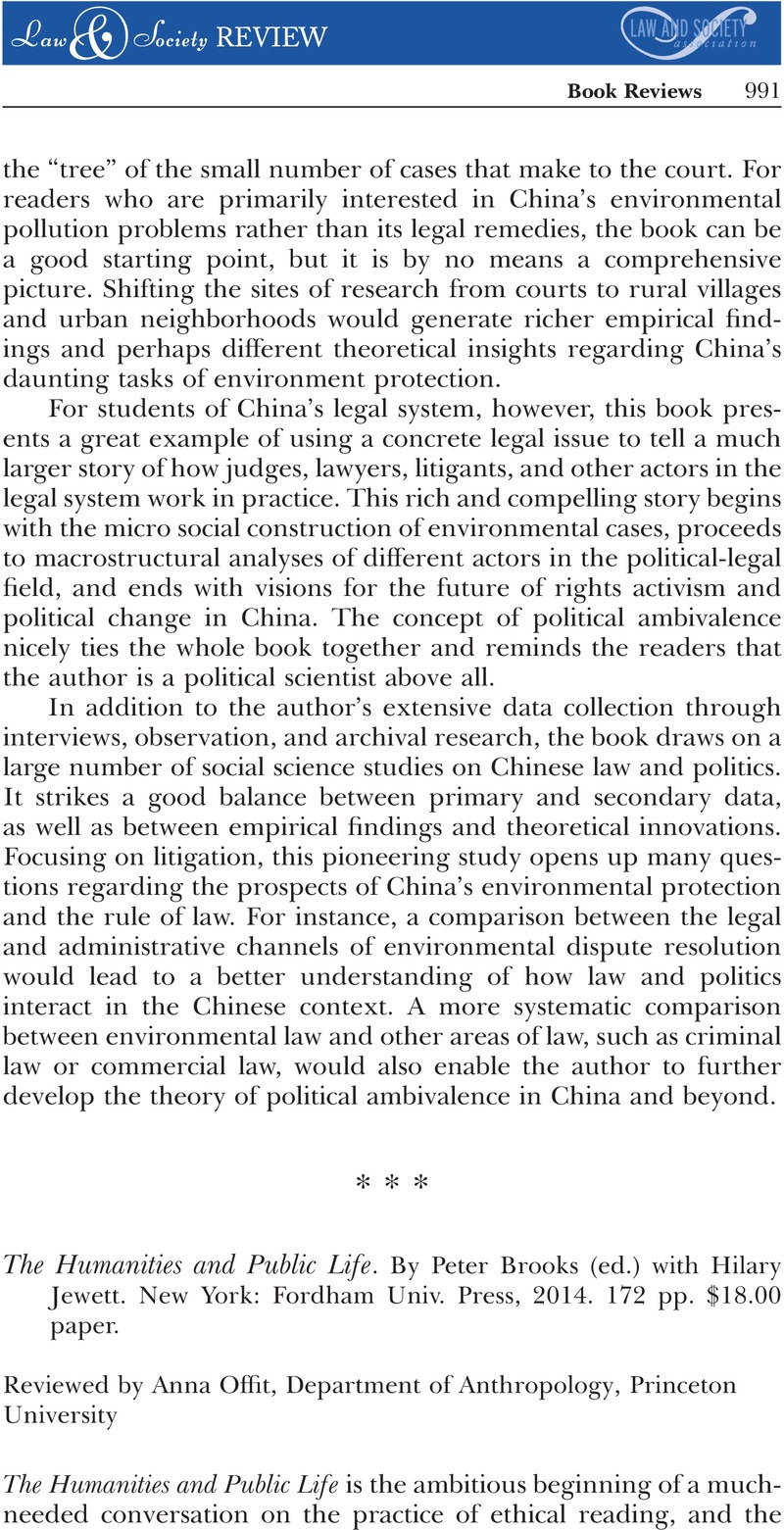Cole, David (
2009) “
The Torture Memos: The Case against the Lawyers,”
The New York Review of Books, October 8. Available at:
http://www.nybooks.com/articles/archives/2009/oct/08/the-torture-memos-the-case-against-the-lawyers/ (accessed 11 Sep 2014).
Google Scholar 